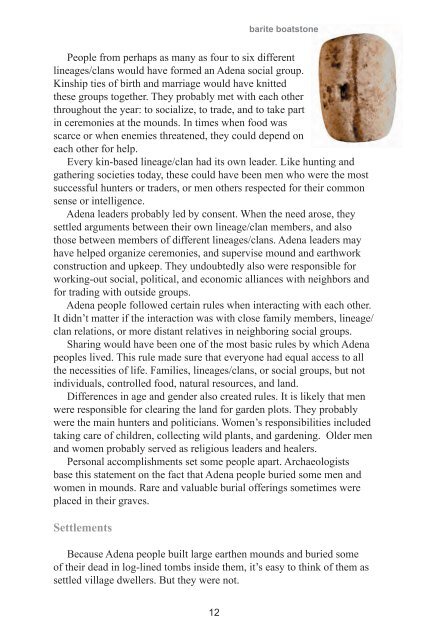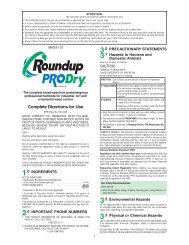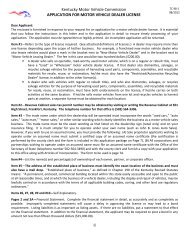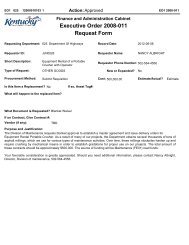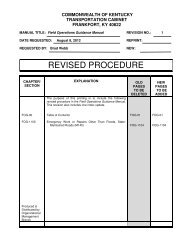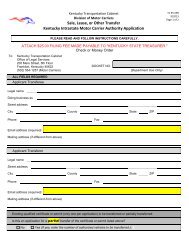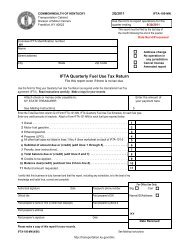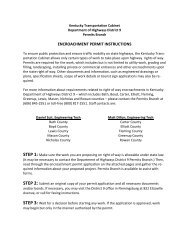woodland period moundbuilders of the bluegrass - Kentucky ...
woodland period moundbuilders of the bluegrass - Kentucky ...
woodland period moundbuilders of the bluegrass - Kentucky ...
- No tags were found...
You also want an ePaper? Increase the reach of your titles
YUMPU automatically turns print PDFs into web optimized ePapers that Google loves.
arite boatstonePeople from perhaps as many as four to six differentlineages/clans would have formed an Adena social group.Kinship ties <strong>of</strong> birth and marriage would have knitted<strong>the</strong>se groups toge<strong>the</strong>r. They probably met with each o<strong>the</strong>rthroughout <strong>the</strong> year: to socialize, to trade, and to take partin ceremonies at <strong>the</strong> mounds. In times when food wasscarce or when enemies threatened, <strong>the</strong>y could depend oneach o<strong>the</strong>r for help.Every kin-based lineage/clan had its own leader. Like hunting andga<strong>the</strong>ring societies today, <strong>the</strong>se could have been men who were <strong>the</strong> mostsuccessful hunters or traders, or men o<strong>the</strong>rs respected for <strong>the</strong>ir commonsense or intelligence.Adena leaders probably led by consent. When <strong>the</strong> need arose, <strong>the</strong>ysettled arguments between <strong>the</strong>ir own lineage/clan members, and alsothose between members <strong>of</strong> different lineages/clans. Adena leaders mayhave helped organize ceremonies, and supervise mound and earthworkconstruction and upkeep. They undoubtedly also were responsible forworking-out social, political, and economic alliances with neighbors andfor trading with outside groups.Adena people followed certain rules when interacting with each o<strong>the</strong>r.It didn’t matter if <strong>the</strong> interaction was with close family members, lineage/clan relations, or more distant relatives in neighboring social groups.Sharing would have been one <strong>of</strong> <strong>the</strong> most basic rules by which Adenapeoples lived. This rule made sure that everyone had equal access to all<strong>the</strong> necessities <strong>of</strong> life. Families, lineages/clans, or social groups, but notindividuals, controlled food, natural resources, and land.Differences in age and gender also created rules. It is likely that menwere responsible for clearing <strong>the</strong> land for garden plots. They probablywere <strong>the</strong> main hunters and politicians. Women’s responsibilities includedtaking care <strong>of</strong> children, collecting wild plants, and gardening. Older menand women probably served as religious leaders and healers.Personal accomplishments set some people apart. Archaeologistsbase this statement on <strong>the</strong> fact that Adena people buried some men andwomen in mounds. Rare and valuable burial <strong>of</strong>ferings sometimes wereplaced in <strong>the</strong>ir graves.SettlementsBecause Adena people built large ear<strong>the</strong>n mounds and buried some<strong>of</strong> <strong>the</strong>ir dead in log-lined tombs inside <strong>the</strong>m, it’s easy to think <strong>of</strong> <strong>the</strong>m assettled village dwellers. But <strong>the</strong>y were not.12


